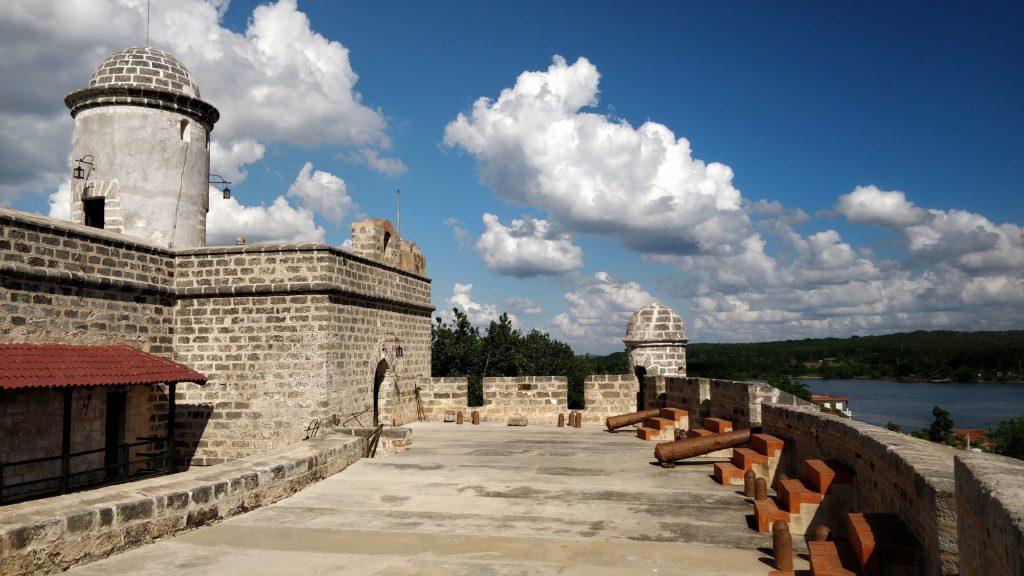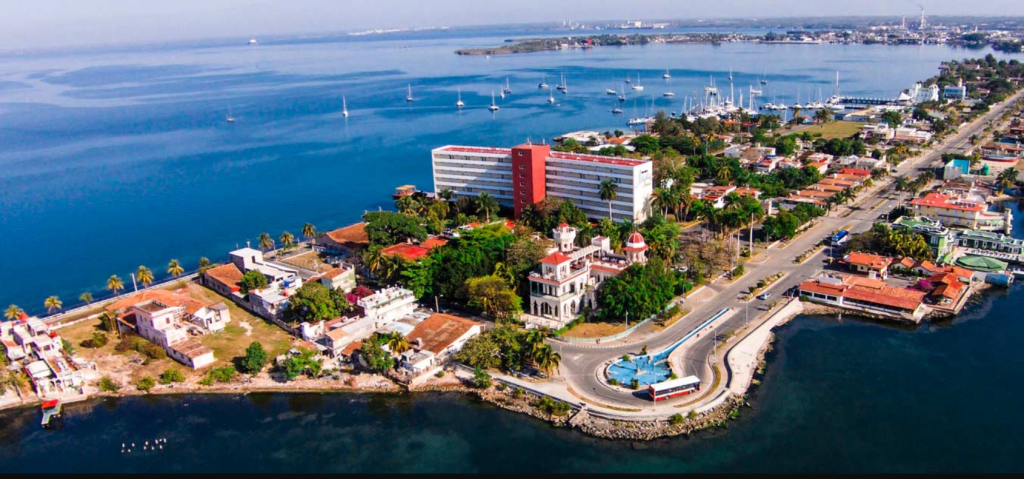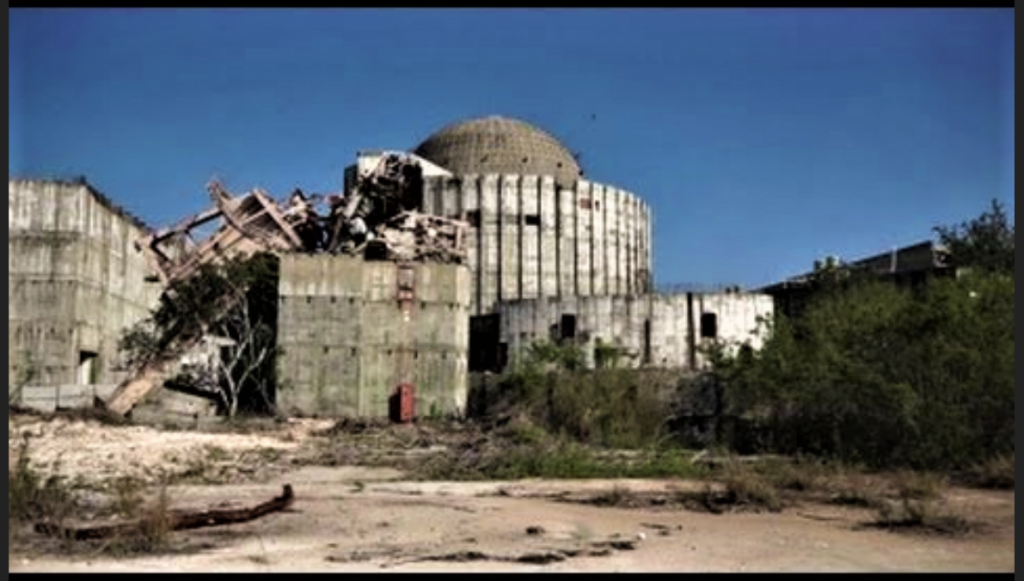Gustav Cederlöf
Journal of Latin American Studies (2019), 1–24
ORIGINAL ARTICLE: CIENFUEGS, THE REVOLUTIONARY CITy
Abstract
During the Cold War, Havana symbolised the struggle for national liberation in Latin America. Yet in few other places on the island of Cuba did the Revolution’s visions of development materialise as they did in the southern city of Cienfuegos. This article examines why two half-finished nuclear reactors and a decaying ‘nuclear city still remain in Cienfuegos. Through a comprehensive spatial and infrastructural transformation of Cuba, the revolutionary government sought to remedy the evils of dependency and unequal exchange. Cienfuegos, and its shifting place in the Cold War political economy, demonstrates how a radical critique of urbanisation merged with the spatiality of centralised energy infrastructure in the pursuit of ultimately-failed nuclear modernity. The history of Cienfuegos draws the academic gaze away from Latin America’s major cities to broaden the ‘geographies of theory’in urban, energy and Latin American studies.

Conclusion
The rationale behind the policy for urban restructuring and centralised energy development emerged from a critique of the colonial political economy. Embedded in the pursuit of nuclear modernity, it also took on distinct urban form. Ciudad Nuclear represented an article of faith in infrastructural integration, centralised redistribution and automated technology powered by oil and nuclear energy as determinants of social progress. However, Cuba’s spatio-infrastructural transformation was contingent on relations extending beyond its cities in space and time. iDeationally, Cienfuegos’ Cold War development was a success as long as Cuba was taking part in qualitatively different, equal-exchange relations
with the CMEA. The government’s inability to sustain these relations after the col lapse of the Soviet Union suggests that Cuba’s nuclear modernity ultimately was a failure, a failure manifested in the decay of Ciudad Nuclear and the ruins of the reactors in Juraguá. Despite this, Cienfuegos’vital position in the revolutionary economy invites us to look beyond Havana and Latin America’s major cities if we want to understand the Cold War in the region. Cienfuegos brings circulations of knowledge to light that broaden the ‘geographies of theory’in urban, energy and Latin American studies.113 The city’s history demonstrates the significance and dif iculty of achieving alternative, possibly more equitable, urban forms in Cuba and beyond.




